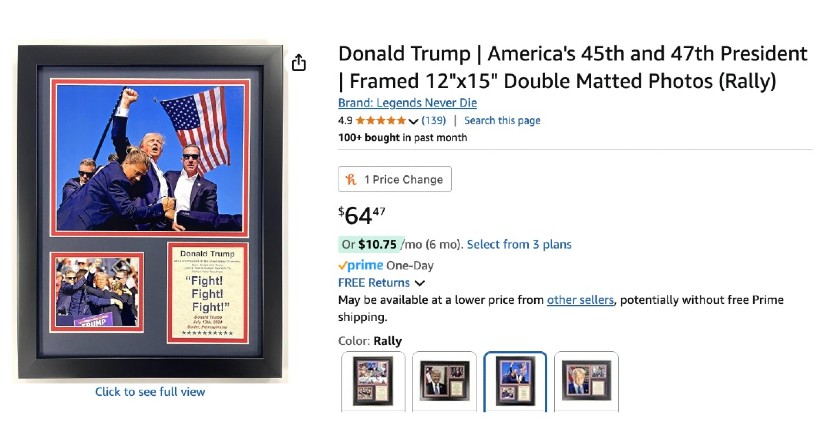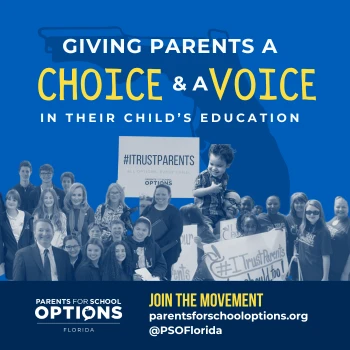Walmart continues to dominate Supplemental Nutrition Assistance Program (SNAP) spending, capturing approximately 25% of all dollars spent through the program, according to a new report by data and technology firm Numerator. The retail giant also leads in general merchandise sales among SNAP recipients, far outpacing competitors.
The report, titled The SNAP Evolution: Supporting Shoppers in a Changing Economy, draws on behavioral data from over 31,600 verified SNAP users—defined as individuals who used benefits at least a dozen times in the past year—and survey feedback from more than 1,250 participants. It paints a picture of a shifting SNAP landscape, marked by declining participation, changing spending habits, and looming policy changes that could significantly affect millions of households.
Policy Shifts and SNAP Benefit Cuts
Recent legislative developments are raising concerns among SNAP recipients. Several states have enacted new restrictions banning the purchase of snack foods and sugary drinks using SNAP funds. Additionally, the U.S. House of Representatives passed a budget reconciliation package that includes the largest proposed reduction in SNAP funding to date—approximately $230 billion through 2034. According to the Congressional Budget Office, the legislation also shifts more of the program’s financial burden onto individual states.
As changes take effect, many SNAP households are feeling the pressure. According to Numerator’s findings, 86% of SNAP recipients report that their benefits run out before the end of the month. Despite declining enrollment in some areas—dropping below pre-pandemic levels in certain states—the need remains high.
Declining Usage and Shifting Shopping Behavior
Numerator’s data shows that overall usage of SNAP benefits is trending downward. In 2025, just 3.7% of total grocery trips were made using SNAP funds, down from 4.6% in 2024. While the average amount spent per SNAP trip held steady at just under $33, the number of items purchased per visit declined from 9.2 in 2024 to 8.9 in 2025.
This shift follows a broader trend that began after emergency COVID-19 allotments expired in March 2023. From March 2022 to March 2023, total SNAP benefits issued dropped by 8.5%, with grocery spending on SNAP-funded trips declining by a similar 8.4%.
Interestingly, current SNAP users include a growing segment of higher-income households, with 23% of recipients now reporting annual incomes of $80,000 or more.
Big Retailers Gain Market Share
As shoppers seek better value and wider product variety, large-format retailers are benefiting. In addition to Walmart’s dominant 25% share of SNAP-related spending, other major retailers have gained ground in 2025:
• Costco: +2% share
• Walmart: +1.2%
• Amazon: +0.8%
• Sam’s Club: +0.5%
• Target: +0.3%
Kroger captures 8% of SNAP dollars, followed by Costco at 6%, Amazon at 5%, and Sam’s Club at 4%.
The data suggests that SNAP recipients are increasingly turning to national retailers that offer competitive pricing and broader assortments—a trend that may continue as economic pressures and policy shifts shape the future of food assistance in the U.S.























